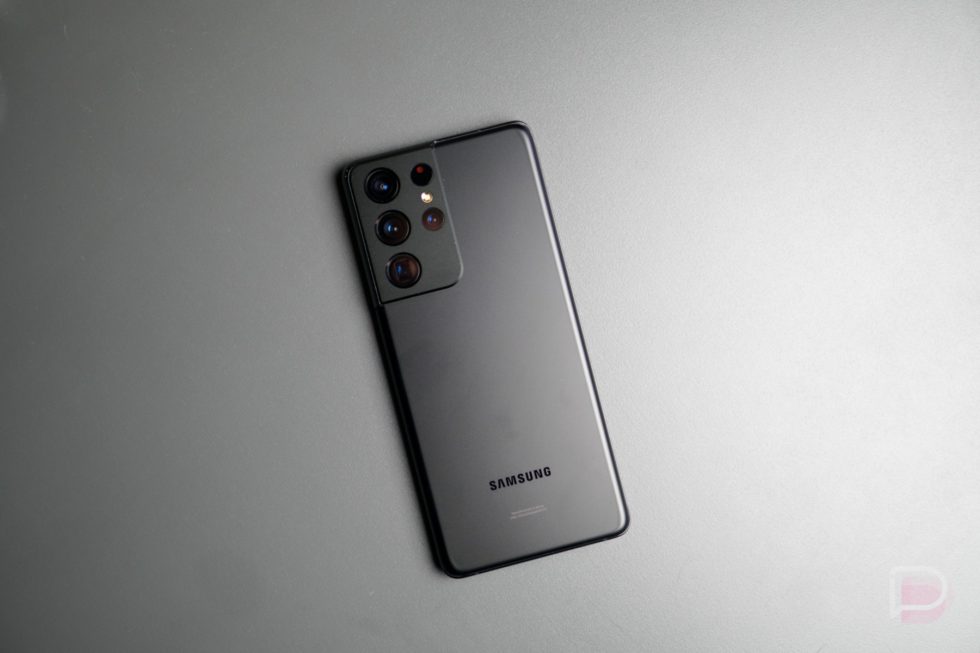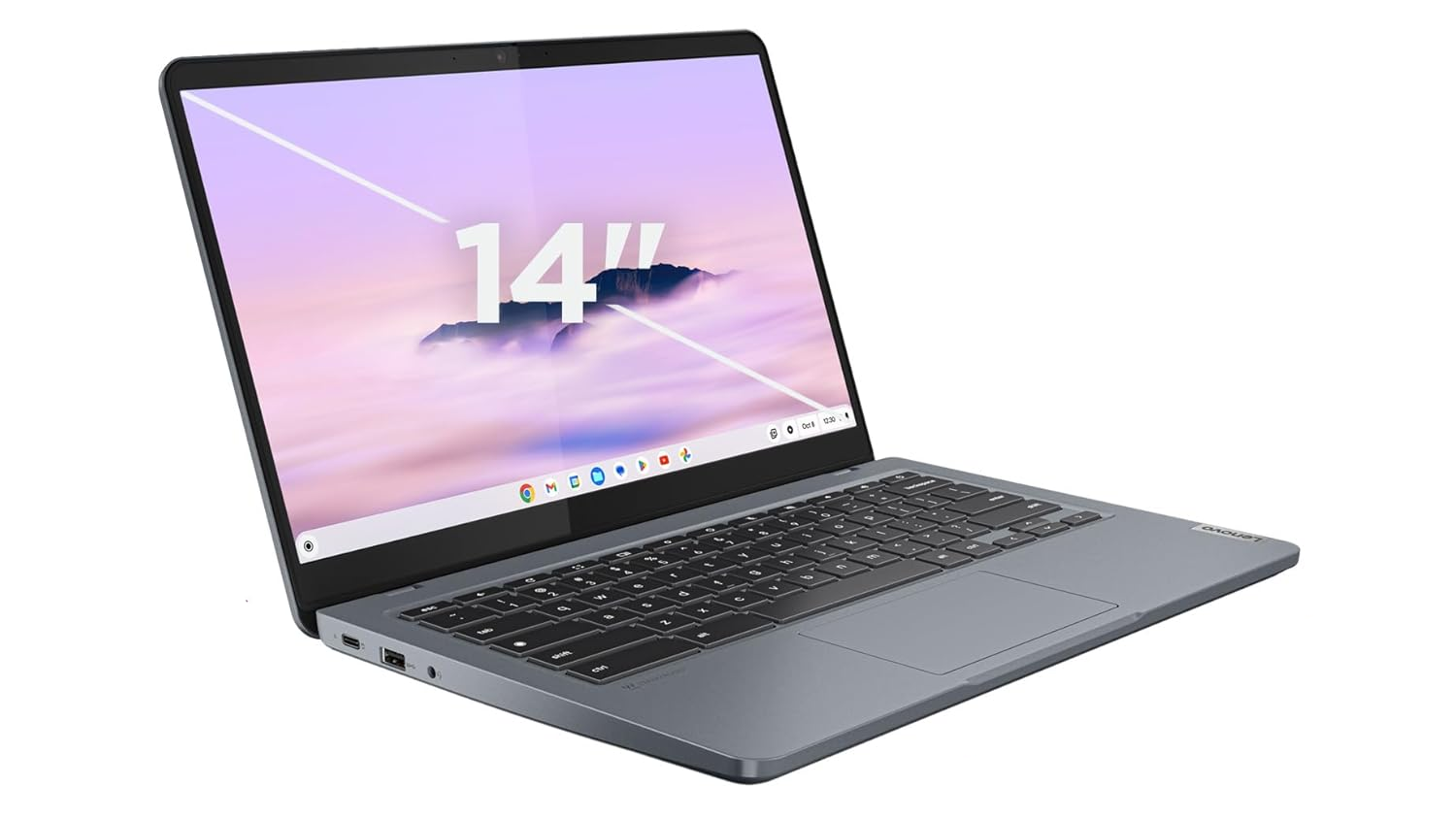Rivian R1S Gen 2 review: The rugged foundation of Rivian’s electric empire
Making electric cars from scratch is hard. Out of all the homegrown EV startups, Tesla is the only company that has broken through to the mainstream. Nikola was a scam. Canoo recently filed for bankruptcy. And depending on how you're counting, Fisker failed not once but twice. Then there are companies like Aptera that feel like they have been nearing production for more than a decade. Among the ocean of EV companies hoping to outpace legacy automakers, Rivian and its second-gen models are making the transition to the electric era with both style and brawn. With its R1S SUV (starting at $75,900, or around $105,000 as tested), the company has created an adventurous car that impresses now, while also providing a blueprint for future success. Design The R1S is unapologetically boxy in a way that truck and SUV aficionados often prefer. That said, Rivian drives a neat balance between modern minimalism and retro ruggedness that allows it to blend in almost anywhere. Its oval (technically stadium-shaped) headlights might be some of the most striking in the industry, while Rivian includes rumble-ready touches like honest-to-goodness recovery hooks, beefy fenders and big 22-inch wheels with chunky tires. In a lot of ways, the R1S is what I imagine a Bronco EV might look like, except it's more luxurious, way bigger at 200 inches long and packs three rows of seats. Interior Sam Rutherford for Engadget On the inside, I'd argue the R1S looks even better, especially when clad in Rivian's Black Mountain and Brown Ash Wood trim. It's like a cozy cabin that's been properly renovated and brought up to contemporary standards. There's a huge 15.6-inch high-res screen that sits on the dash without looking too ungainly or out of place, while a 12.3-inch display serves as a digital instrument cluster. It's clear Rivian is trying to embrace a tech-forward approach but it does so without completely abandoning traditional design traits like the car's stalk-mounted gear shift and wipers. While some folks may not appreciate how the buttons for climate and music are entirely touch-based, nothing really felt buried or out of reach thanks to a static row of icons along the bottom. Overall build quality is solid too, with practically no rattles or massive panel gaps to speak of. The seats, while a touch on the stiff side, offer both heating and ventilation for front passengers, the latter of which I must admit is a real treat as we enter spring and summer. The cabin feels light and airy thanks in large part to its big panoramic roof. I love being able to switch the electrochromic glass (which is part of the optional Sound + Vision package) from transparent to opaque with a single touch. I also appreciate that there's a dedicated screen in the second row for climate and music (which thankfully can be child-locked if need be) and proper air vents for all three rows, so there isn't a single stuffy seat in the car. Sam Rutherford for Engadget Speaking of the third row, Rivian has really maximised the R1S' boxy dimensions. Even as a six-foot-tall guy, getting all the way in the back wasn't much of a struggle, though it's still a bit tight for someone my size. I need to slide the second row forward a touch in order to have adequate room for my feet. But make no mistake, there's plenty of space for kids or smaller adults back there, and if you need an EV that can properly transport seven people at a time, this thing has you covered. Alternatively, when cargo space is the primary concern, the third row folds flat to provide 46.7 cubic feet of space. You’ll get a whopping 104.6 cubic feet with both rows stashed. Infotainment and tech While the R1S doesn't support Android Auto or Apple CarPlay, Rivian's infotainment is a great example of why you don't need third-party add-ons when you have a solid homegrown interface. Almost everything you want or need is accounted for. Hitting the drivetrain icon gives you quick access to controls for ride settings (including height and regenerative braking adjustments). This option also displays super helpful stats enthusiasts will appreciate like elevation, motor temperature, steering angle and more. The other controls for climate, music, charging and navigation are self-explanatory, so even if you haven't driven a Rivian before, as long as you've used a smartphone or laptop (which covers pretty much everyone), there's not much of a learning curve. Sam Rutherford for Engadget Rivian also does a fantastic job with support features like Gear Guard, which uses the R1S' built-in cameras to monitor for accidents, bumps or people vandalising your car. I truly do not understand why every automaker doesn't utilize its vehicles' onboard sensors like this. And even though I didn't need it, it's one of those things you'll be incredibly grateful for when you do. Same goes for its onboard 120V AC outlets and plentiful USB-C ports, which are just plain useful. As for monito

Making electric cars from scratch is hard. Out of all the homegrown EV startups, Tesla is the only company that has broken through to the mainstream. Nikola was a scam. Canoo recently filed for bankruptcy. And depending on how you're counting, Fisker failed not once but twice. Then there are companies like Aptera that feel like they have been nearing production for more than a decade.
Among the ocean of EV companies hoping to outpace legacy automakers, Rivian and its second-gen models are making the transition to the electric era with both style and brawn. With its R1S SUV (starting at $75,900, or around $105,000 as tested), the company has created an adventurous car that impresses now, while also providing a blueprint for future success.
Design
The R1S is unapologetically boxy in a way that truck and SUV aficionados often prefer. That said, Rivian drives a neat balance between modern minimalism and retro ruggedness that allows it to blend in almost anywhere. Its oval (technically stadium-shaped) headlights might be some of the most striking in the industry, while Rivian includes rumble-ready touches like honest-to-goodness recovery hooks, beefy fenders and big 22-inch wheels with chunky tires. In a lot of ways, the R1S is what I imagine a Bronco EV might look like, except it's more luxurious, way bigger at 200 inches long and packs three rows of seats.
Interior
On the inside, I'd argue the R1S looks even better, especially when clad in Rivian's Black Mountain and Brown Ash Wood trim. It's like a cozy cabin that's been properly renovated and brought up to contemporary standards. There's a huge 15.6-inch high-res screen that sits on the dash without looking too ungainly or out of place, while a 12.3-inch display serves as a digital instrument cluster. It's clear Rivian is trying to embrace a tech-forward approach but it does so without completely abandoning traditional design traits like the car's stalk-mounted gear shift and wipers. While some folks may not appreciate how the buttons for climate and music are entirely touch-based, nothing really felt buried or out of reach thanks to a static row of icons along the bottom.
Overall build quality is solid too, with practically no rattles or massive panel gaps to speak of. The seats, while a touch on the stiff side, offer both heating and ventilation for front passengers, the latter of which I must admit is a real treat as we enter spring and summer. The cabin feels light and airy thanks in large part to its big panoramic roof. I love being able to switch the electrochromic glass (which is part of the optional Sound + Vision package) from transparent to opaque with a single touch. I also appreciate that there's a dedicated screen in the second row for climate and music (which thankfully can be child-locked if need be) and proper air vents for all three rows, so there isn't a single stuffy seat in the car.
Speaking of the third row, Rivian has really maximised the R1S' boxy dimensions. Even as a six-foot-tall guy, getting all the way in the back wasn't much of a struggle, though it's still a bit tight for someone my size. I need to slide the second row forward a touch in order to have adequate room for my feet. But make no mistake, there's plenty of space for kids or smaller adults back there, and if you need an EV that can properly transport seven people at a time, this thing has you covered. Alternatively, when cargo space is the primary concern, the third row folds flat to provide 46.7 cubic feet of space. You’ll get a whopping 104.6 cubic feet with both rows stashed.
Infotainment and tech
While the R1S doesn't support Android Auto or Apple CarPlay, Rivian's infotainment is a great example of why you don't need third-party add-ons when you have a solid homegrown interface. Almost everything you want or need is accounted for. Hitting the drivetrain icon gives you quick access to controls for ride settings (including height and regenerative braking adjustments). This option also displays super helpful stats enthusiasts will appreciate like elevation, motor temperature, steering angle and more. The other controls for climate, music, charging and navigation are self-explanatory, so even if you haven't driven a Rivian before, as long as you've used a smartphone or laptop (which covers pretty much everyone), there's not much of a learning curve.
Rivian also does a fantastic job with support features like Gear Guard, which uses the R1S' built-in cameras to monitor for accidents, bumps or people vandalising your car. I truly do not understand why every automaker doesn't utilize its vehicles' onboard sensors like this. And even though I didn't need it, it's one of those things you'll be incredibly grateful for when you do. Same goes for its onboard 120V AC outlets and plentiful USB-C ports, which are just plain useful.
As for monitoring the car and day-to-day stuff like starting it and unlocking the doors, there's Rivian's mobile app (available on both iOS and Android). It's dead simple to use, and unlike the phone-as-a-key feature on my Ford Mach-E, it was bulletproof during my testing. Once I had it set up, the car never failed to automatically pop out the door handles upon approach or lock itself when I walked away.
I also want to give Rivian props for making its cars chirp when you lock them instead of beeping the horn like so many other vehicles. Not only is it less distracting, it just feels more respectful when you're out amongst the trees. Granted, this is a minor feature, but little details like this can have a big impact and it's another thing I'd like to see on more cars. Just imagine if you could identify specific makes and models by the species of bird song it tweets out instead of being bombarded by a cacophony of harsh beeps, honks and klaxons. Wouldn't that be sweet?
The one big wrinkle to all this is that currently there's no way to mirror texts or notifications from your phone onto the car's main display. In a time when people are growing more concerned about distracted driving (and rightfully so), this is a major omission. Rivian says implementing this feature turned out to be trickier than it initially thought, though there's hope that an update to add the tool will be available later this year. In some respects, I found that completely ignoring my handset while driving was actually kind of refreshing, but if this is a dealbreaker for you, I get it.
Unfortunately, if you want a physical fob with buttons for unlocking doors or popping the frunk, you'll have to shell out an extra $250. The R1S comes with smartphone controls via the app and a simple NFC key card instead of something that resembles a traditional key or remote.
Driving
Putting your foot down in an R1S is an instant reminder of why EVs are so fun to drive. When equipped with three motors like my test vehicle, a three-row SUV that weighs 7,000 pounds has no business being this fast. Acceleration from a dead stop is brutal (the tri-motor version has a 0 to 6 time of just 2.9 seconds). Until you get above 80 mph when wind resistance starts to become a major factor, it feels like the R1S has an endless pit of power. Furthermore, for a car this size, its turning radius is surprisingly tight.
Earlier this year, Rivian released its hands-free Enhanced Highway Assist feature that lets you sit back and have the car take the wheel. It works on more than 135,000 miles of freeways across the US and Canada, and while it isn't quite as polished as Tesla's Full Self Driving or Ford's Blue Cruise tech, the R1S still felt smooth and predictable when piloting by itself. It stayed neatly centered without bouncing back and forth between the lines, allowing you to change lanes with a flick of the stalk. For times when I wanted to take a little extra stress out of driving, Rivian's hands-free tech gave me the confidence to do that.
Some of R1S' other tech that improves its driving experience includes cameras built into its mirrors, which automatically pop up on the driver's display when you signal. Not only does this help eliminate blind spots, it's just a nice bit of redundancy. But my favorite feature might be Rivian's adaptive headlights. Due to quirks in US regulations, car companies can't really port over the matrix lighting used on vehicles in the EU and Asia. So in order to comply, Rivian engineered its headlights from the ground up to automatically adjust to driving conditions like angling its beams around corners, reducing bright spots for oncoming drivers and more. And after using them, it's hard to go back to basic lights that can only do high and low.
The one small issue I found was that no matter how I tried to adjust it, the R1S’ suspension felt far from supple. The lack of cushioning sometimes made larger bumps and potholes feel particularly jarring. Rivian updated the ride comfort (particularly at low speeds) after I returned my loaner vehicle and I've heard the difference is night and day. Regardless, driving feel is subjective, so if you're in the market for a new car and not conducting your own test drive, what are you even doing?
As a city-dweller, I'm not much of an off-roader, so I can't really speak to the R1S' trail-running prowess. But between things like its adjustable ride height (with up to 15 inches of ground clearance), torque vectoring and other related features, Rivian's vehicles appear very well equipped. And that's before you consider handy add-ons like the built-in air pump, which might save your bacon if you pop a flat in the backcountry.
Range, charging and configurations
The R1S is available in four main configurations: Dual Standard, Dual, Tri and Quad motor variants (the Quad option is coming later this year). The difference between the first two is battery size, with the former getting the base pack while the latter has the option of either large or max packs. The Tri and Quad motor models come standard with Rivian's biggest battery.
Range varies from 270 to 371 miles, depending on the specific configuration, and in my experience I found that Rivian's guess-o-meter was highly reliable. If the map said I was going to have a certain amount of battery left when I arrived at my destination, it was rarely off by more than a percent or two.
On the tri-motor model, you can also disconnect the rear motors by putting the car in casual driving mode, which greatly improves the R1S' overall efficiency. When all three motors were running, I only averaged around 2.6 mi/kWh hour. But when only sending power to the front wheels, I was able to push that figure above 3 mi/kWh.
As for charging, peak rates top out at 300 kW, though you'll only see anything near that when the car's battery is under 20 percent. When I tried a more typical charging scenario by taking its power level from 20 to 80 percent using a 350 kW station, the R1S completed the session in 35 minutes with a peak rate of 168 kW. So while it's far from the fastest in the industry, the combination of big energy cells and efficiency means range anxiety isn't really a thing with the R1S. I just wish the latest models came with a native NACS port instead of an older CCS connector.
Wrap-up
While things are certainly better than they were just a few years ago, it’s still slim pickings when it comes to three-row EVs. If you can afford it, the Rivian R1S has put all the most important stuff together in a great-looking package — and then some.
Its size may be imposing, but it certainly delivers on the look and feel of a car that's just as happy on asphalt as it is on unpaved trails. And it does so while providing plenty of range and room for the whole family. Rivan's craftsmanship is highlighted by the R1S' exquisite interior, while a variety of battery sizes, motor configurations and other options make it easy to kit out to fit your adventures.
The only thing that might give me pause is that for people who aren't interested in off-roading, alternatives like the Kia EV9 offer similar passenger capacity for a much lower starting price. And other models like the Volvo EX90 and Lucid Gravity offer a bit more in the way of luxury. But for those with an adventurous lifestyle who love exploring the great outdoors, the second-gen R1S really feels like the total package.This article originally appeared on Engadget at https://www.engadget.com/transportation/evs/rivian-r1s-gen-2-review-the-rugged-foundation-of-rivians-electric-empire-120021072.html?src=rss






































































































































































![[The AI Show Episode 145]: OpenAI Releases o3 and o4-mini, AI Is Causing “Quiet Layoffs,” Executive Order on Youth AI Education & GPT-4o’s Controversial Update](https://www.marketingaiinstitute.com/hubfs/ep%20145%20cover.png)





























































































































![[DEALS] Mail Backup X Individual Edition: Lifetime Subscription (72% off) & Other Deals Up To 98% Off – Offers End Soon!](https://www.javacodegeeks.com/wp-content/uploads/2012/12/jcg-logo.jpg)












































































































































_Andreas_Prott_Alamy.jpg?width=1280&auto=webp&quality=80&disable=upscale#)










































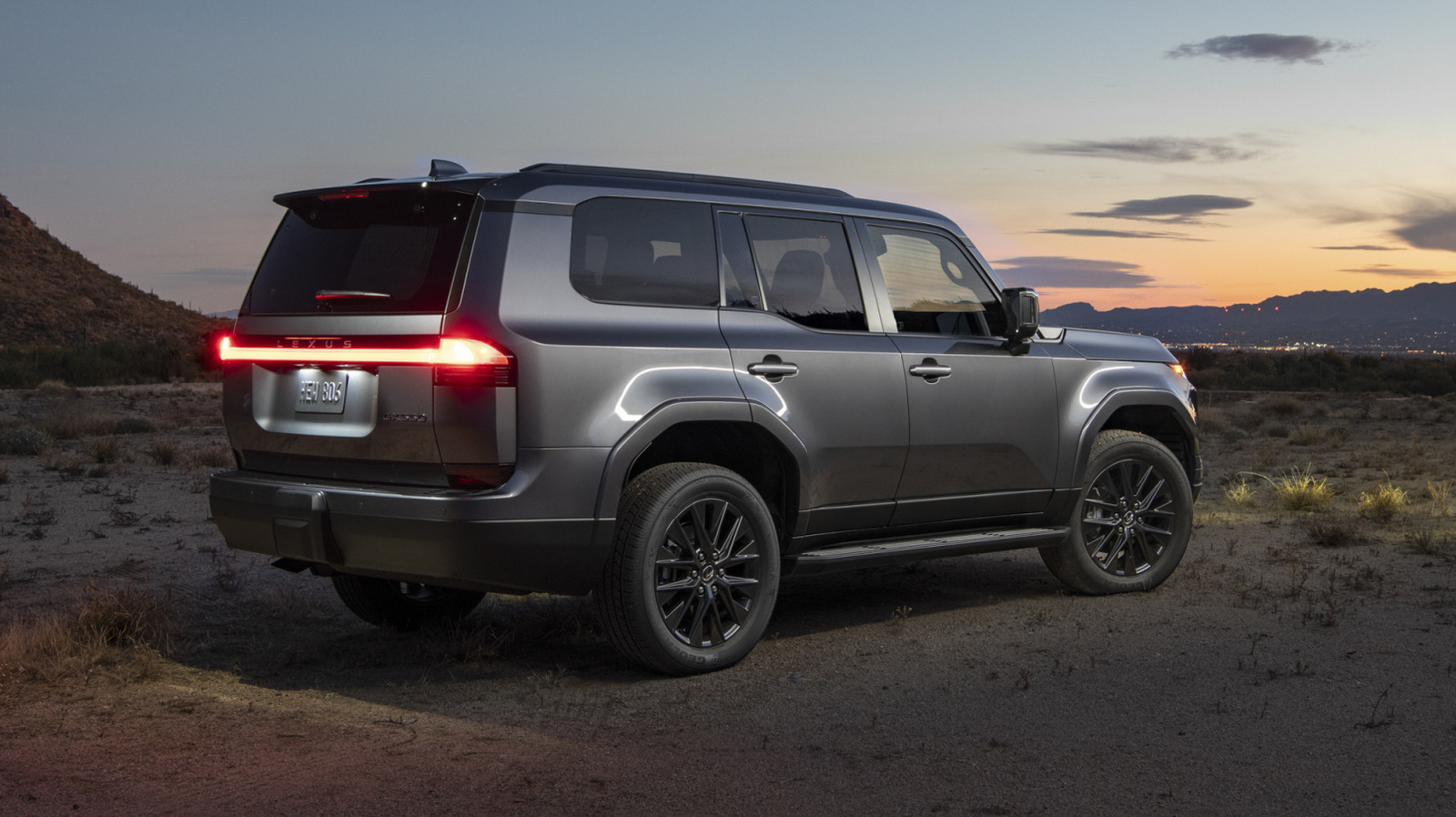
































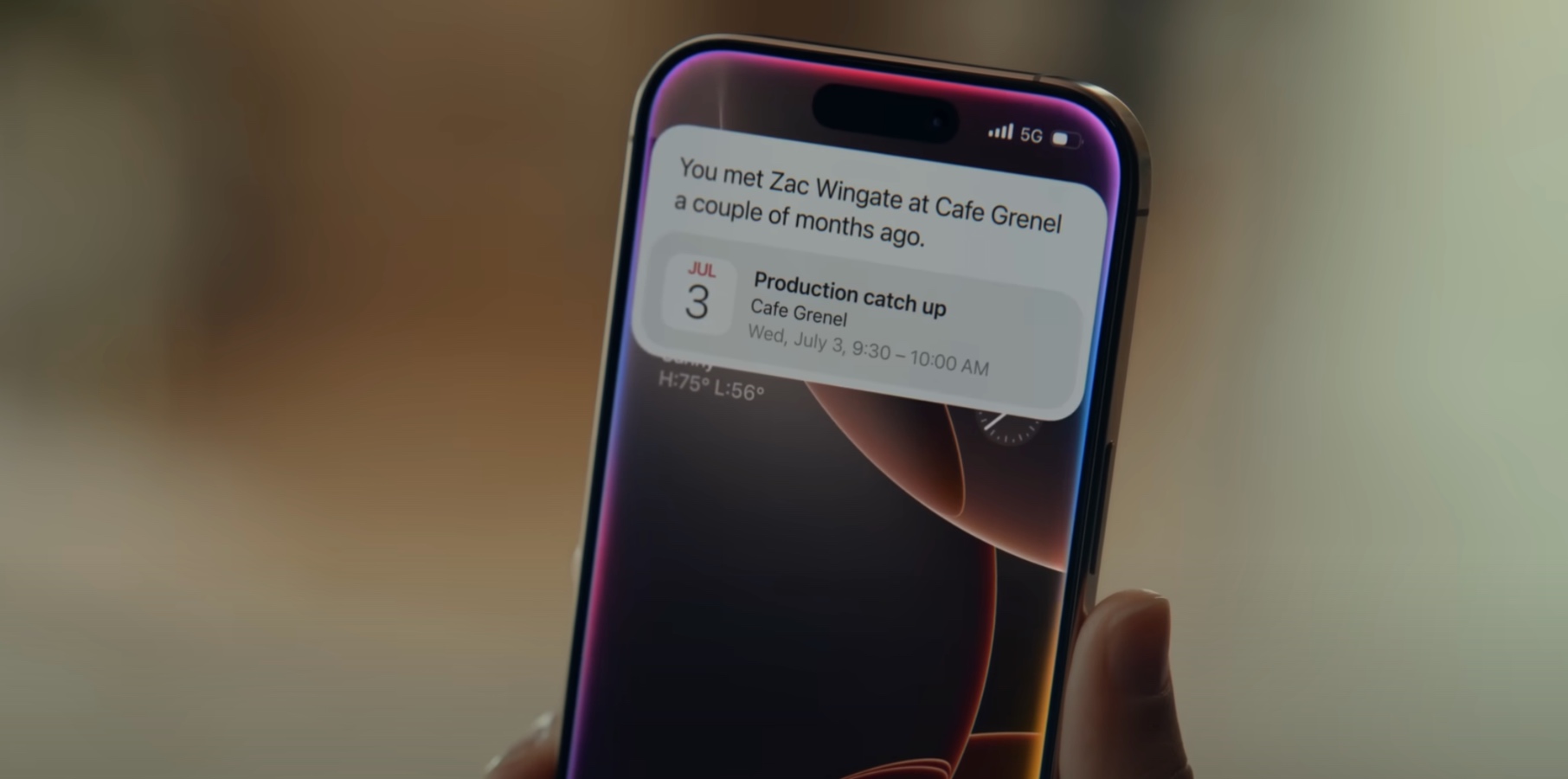





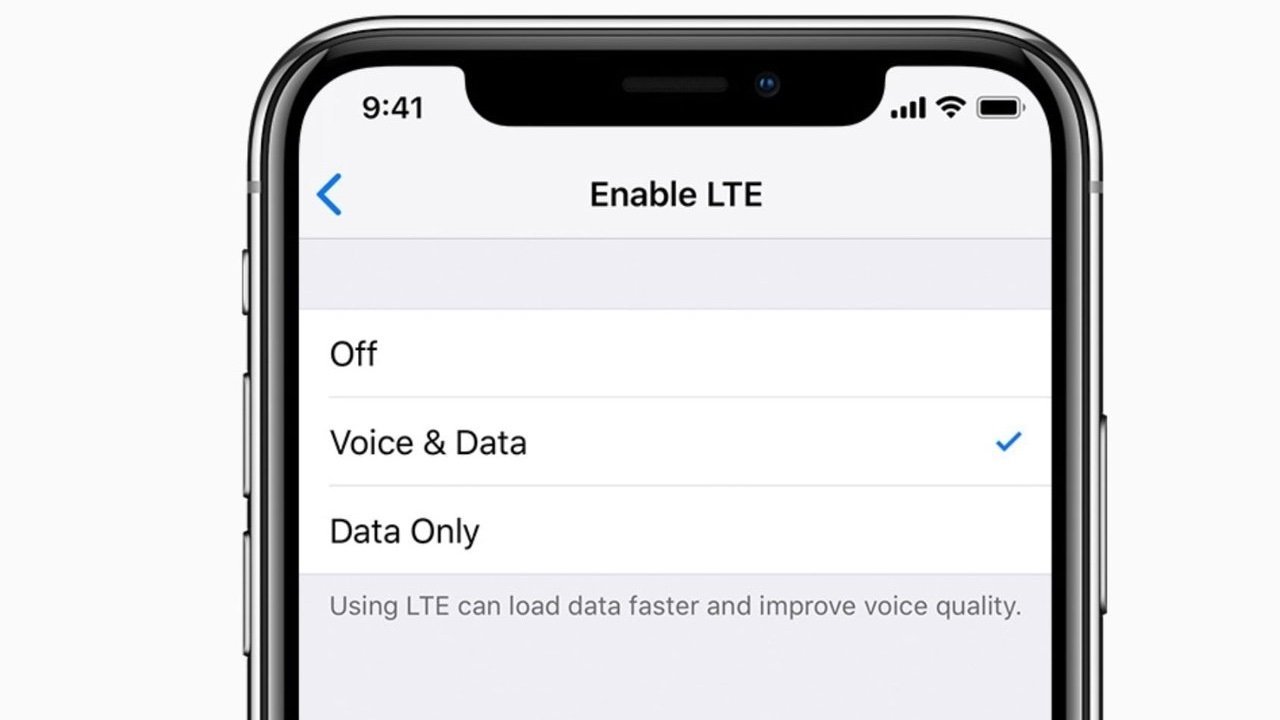



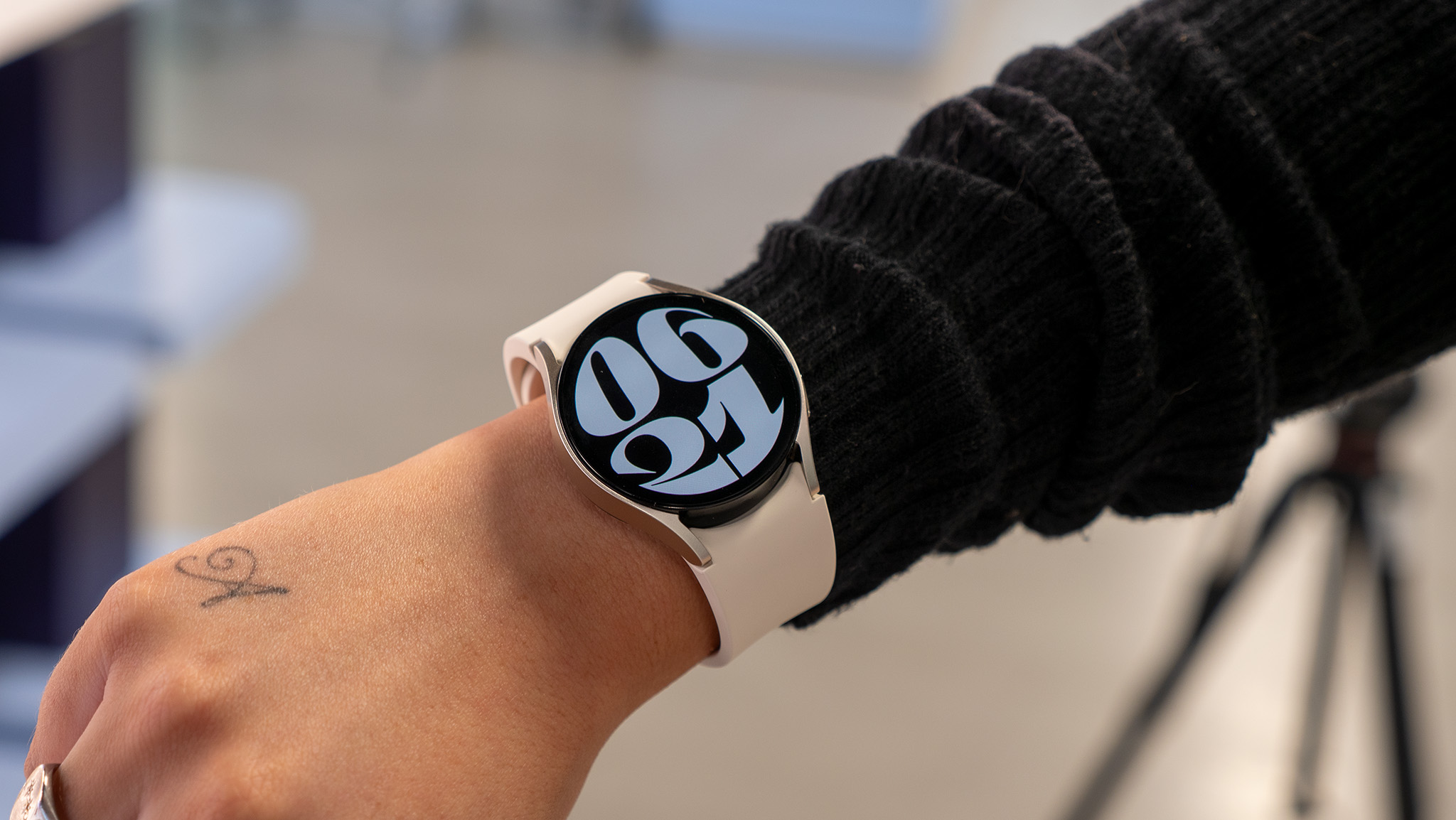



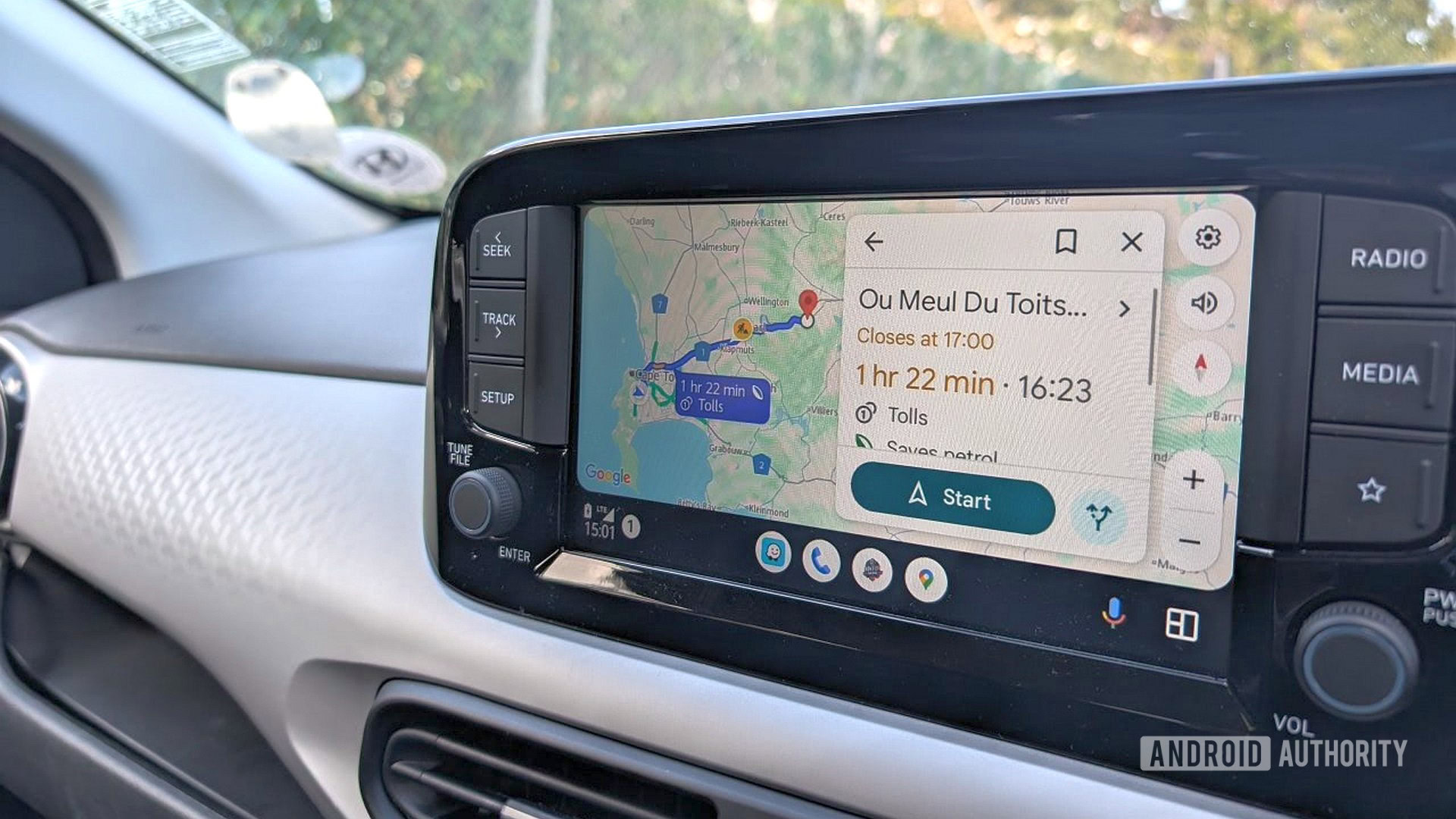





![Severance-inspired keyboard could cost up to $699 – have your say [Video]](https://i0.wp.com/9to5mac.com/wp-content/uploads/sites/6/2025/05/Severance-inspired-keyboard-could-cost-up-to-699-%E2%80%93-have-your-say-Video.jpg?resize=1200%2C628&quality=82&strip=all&ssl=1)
















![Apple Ships 55 Million iPhones, Claims Second Place in Q1 2025 Smartphone Market [Report]](https://www.iclarified.com/images/news/97185/97185/97185-640.jpg)

























